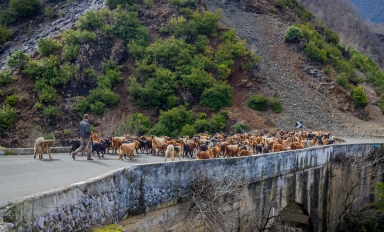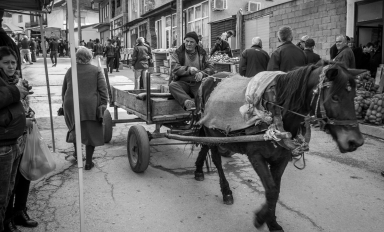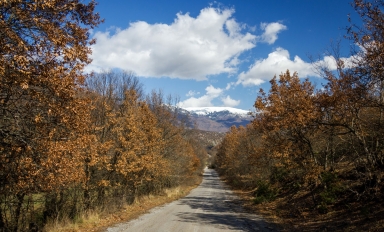After the relative familiarity of Western Europe, my passage out of The Alps took me south to Venice and then east along the shores of the Mediterranean to the Balkans. Although the Balkans are a localised mountain range that run from Serbia to the Black Sea, the entire peninsula of Southern Europe has adopted the name, and I delighted in the prospect of travelling through a land with such history and intrigue yet relative anonymity.
The road took me first for a brief night in Slovenia, where I camped overlooking the sun sink below the Adriatic, before tracing the Croatian coastline a few hundred kilometres; the bleached, craggy cliffs just accommodating the black tarmac ribbon as it cut in and out of the coves. The minus ten temperatures, black ice, and driving snow of a few weeks earlier could not have seemed further away, but despite the comparative luxury, my time on the road alone was now long enough for more mental obstacles to take effect. The rawness of Bosnia, Montenegro and Albania that lay in wait was thus perceived with a feeling of trepidation that might not have been the case had I a companion, perhaps. From agrarian villages to the capital of Sarajevo, the abandoned buildings of Bosnia, torn into a state of disrepair by previous atrocities and set to a backdrop of rain and overcast skies, were a continual sight throughout the country. But the people were welcoming, allowing me to camp on plots of private land where I knew there wouldn’t be landmines, or inviting me to underground social events in abandoned cinemas, and along with the scars of a warzone, those memories are equally as vivid. The rawness of Bosnia, Montenegro and Albania that lay in wait was thus perceived with a feeling of trepidation that might not have been the case had I a companion, perhaps.
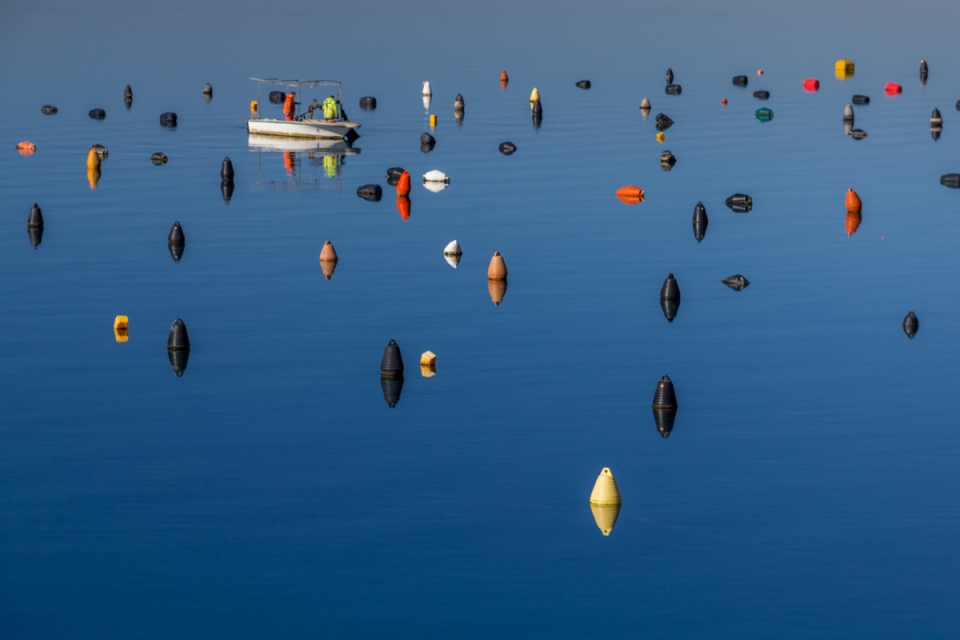
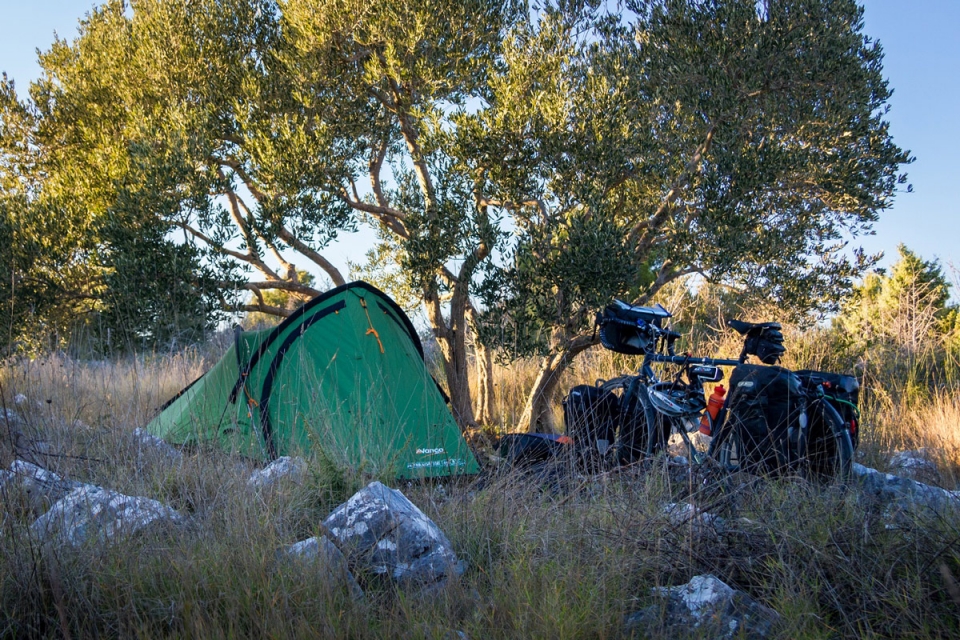
"There are still thousands of unexploded land mines buried in Bosnia, and many a sign telling as such, so it was with caution that I went about wild camping that night."
The road out of Sarajevo, towards Montenegro, took me past the airport and the ‘Tunnel of Life’ burrowed beneath the runway, which was the only passage in and out of the city during the siege of Sarajevo. No sooner had the airport disappeared from view than a huge unmistakable roadside sign signified my entry into Republika Srpska – the Serbian portion of Bosnia. My climb out of the city took me to a chilly 1,600m, before dropping me back down amongst the noticeably less ruined (than Croat and Bosniak) villages. I noticed a more agricultural feel to the place. Blackened wooden huts with drabs of smoke wheezing from their roofs; livestock penned into adjoining paddocks, ferreting around in the mud, and traditionally-dressed, weathered individuals tending to something in the near vicinity, be it dragging at a rocky scrap of land with a pickaxe, burning a small pile of leaves or shepherding a collection of animals. There are still thousands of unexploded land mines buried in Bosnia, and many a sign telling as such, so it was with caution that I went about wild camping that night.
As I made my way along the border road, the scenery became more and more stunning. The wide, brown, wooded valleys of Bosnia gradually began to tighten as I made my way along the river Drina, and then the Piva, towards Montenegro. Once over the border (a single wooden bridge over the Drina) the valleys closed in all together, and I found myself in a deep, limestone gorge on a steep, winding road joining together 52 tunnels half way up the cliffs. The following 30km, first through the Piva gorge and then along the banks of the dammed Pivsko Jezero, proved to be some of the most spectacular roads I’ve ever ridden.
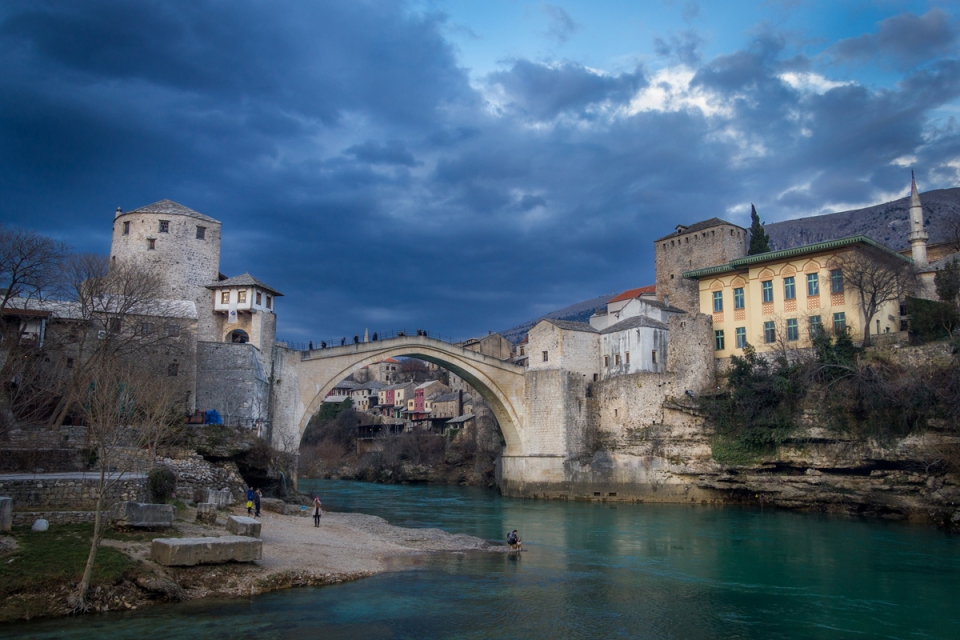
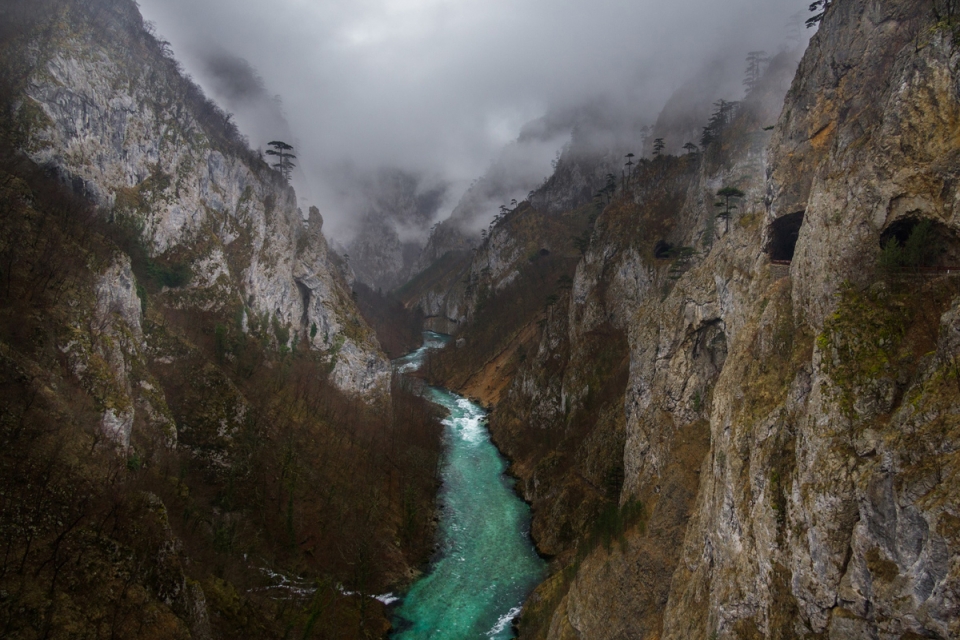
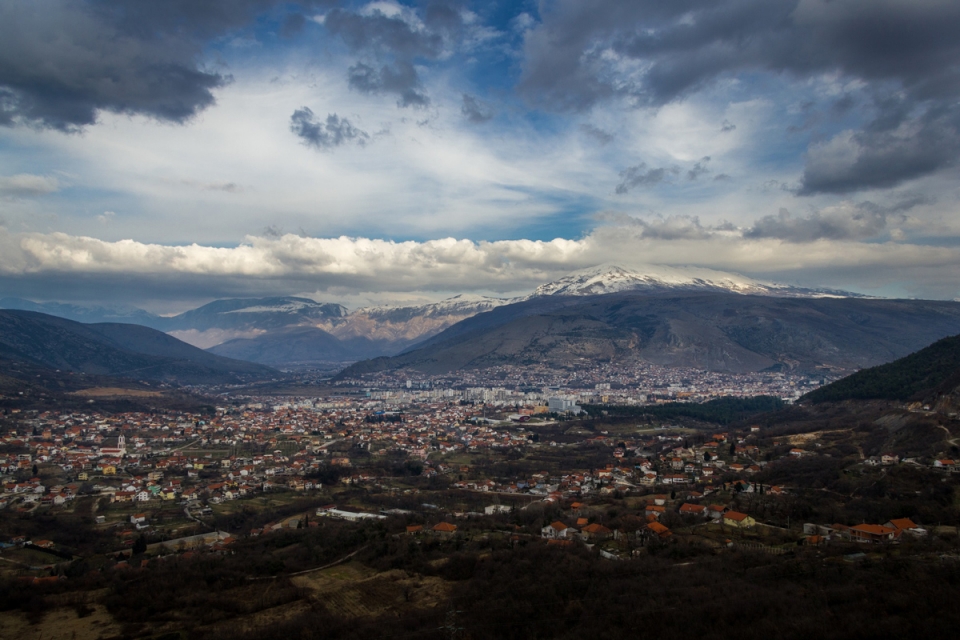
The grand entrance that Montenegro had provided eventually gave way to the familiar browns and greys that I’ve come to take as a Balkan staple. With Montenegro being so small, my time there was unfortunately limited to one night, and by the end of the following day I was riding into Albania; a truly different, and memorable, experience altogether. The first thing that became apparent was the sheer abundance of animals everywhere – in the fields, in people’s gardens, wandering on the road. As I walked around, amazed at the energy, colour and speed of the place, I felt instantaneously detached from the Europe I had known up until that point. There were no supermarkets, no kerbed pavements. No zebra crossings or backlit shop fronts; bus lanes or street signs. Everything was out in the open, from a butcher’s carving of whole cattle to a cobbler’s stitching of a shoe. More than any other country, Albania provided the most roadside encouragement.
Heading back inland, deeper into the heart of the Balkans, the more difficult and indirect navigation became with roads winding around valleys and over passes, and the more draining it became too as a result. If the Alps and their soaring peaks were like a sea of great whites, then the Balkans were like an ocean of piranhas nibbling at my mental and physical strength. Intraregional travel in the Balkans is a task prompted only by true necessity due to the sheer inconvenience of it, and while planning my route for the coming days, the sprawling, impenetrable nature of the peninsula really became apparent. Perhaps this was why the Ottomans never got beyond its north west frontiers, or why the Austro-Hungarians failed to breach
lands beyond modern day Serbia and Romania, or why rates of urbanisation and economic growth remained stunted. It’s the same continual theme: the mountains keep people together as much as they pull them apart.
I suspected that once across the border into Macedonia things would be equally as undeveloped too, if not more so, and with another change of currency due (after the Euro, Bosnian Mark, Montenegrin Euro and Albanian Lek), I thought it wise to stock up on supplies in the final Albanian town of Maqelarrë before crossing over and heading south to Lake Ohrid.
After weeks of being surrounded by mountains, the eventual transition from Macedonia to Greece, from Slav to Greek ethnicity, and from the Cyrillic to Greek alphabet, also bought with it a change of terrain; as I made a final descent back down to sea level and found myself amid the unfamiliar expanses of agricultural plains. I made my way east under blue skies and sun, enjoying views of the snow-capped peaks of the Rhodopes to my left, the Aegean Sea to my right. So too did I discover I was on the ancient road of Via Egnatia, built by the Romans in the 2nd century BC, and had been following its contemporary equivalent – almost town for town – since Albania.
After leaving the coastal city of Thessaloniki, Greece’s second city and, alongside the then-called Constantinople, the former co-capital of the eastern Roman Empire, a fierce head wind picked up and the skies blackened. Istanbul was still 600km away, and a look at the forecast suggested something far removed from the tranquil Aegean idyll I had envisioned.
"If the Alps and their soaring peaks were like a sea of great whites, then the Balkans were like an ocean of piranhas nibbling at my mental and physical strength."
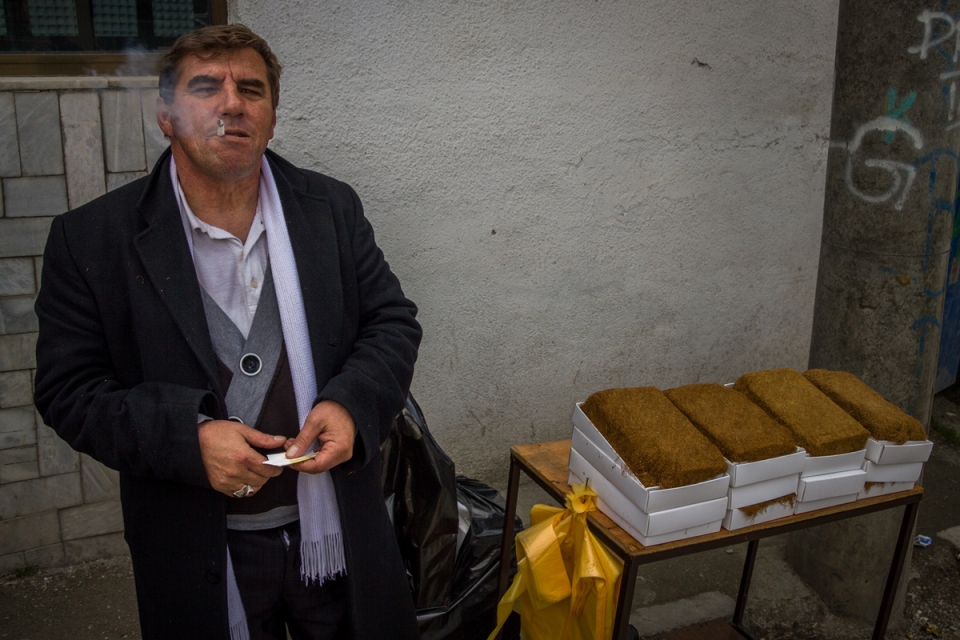
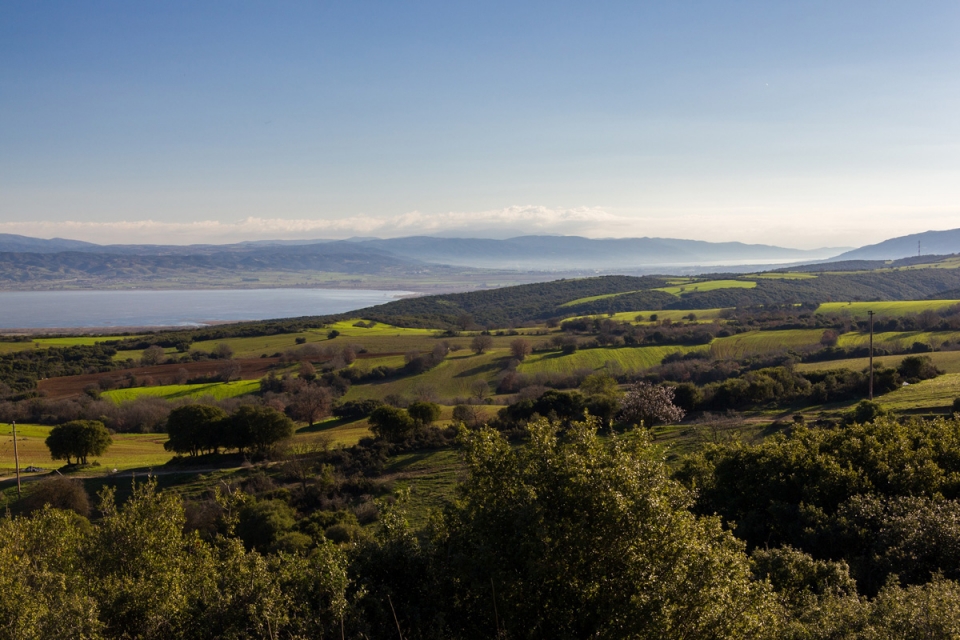
Beyond Istanbul I would no longer be a solo traveller, as I’d be continuing with my long-time friend and touring partner Rob, who had been making his way across Eastern Europe too. After a brief volley of confirmatory emails in the preceding days we arranged to meet in the town of Corlu, about 120km west of Istanbul, with the aim of navigating into the infamously chaotic city centre, and thus completing our respective first legs together. After a couple of days of torrential rain and increasingly fierce winds, the final stretch into Corlu was one of the most testing days I’ve ever had on the bike, racing or otherwise, spent battling for 12 hours into a relentless, soul-crushing headwind of the sort that turns downhills into uphills and uphills into never-ending horizons. At least with mountains there’s an upward stretch of effort; calculable, negotiable, climactic, and a downward stretch, spent freewheeling, recovering and regaining momentum. Cycling into a headwind, especially one as strong as that which so cruelly blockaded Istanbul, offers no respite. The feeling of grinding along at 13kmh; 8 on most inclines, 15 on descents, was at first met with anger, and multiple outcries of increasingly offensive groups of words, but eventually
became accepted, resented and relished. If any given undertaking can extract an emotional spectrum as wide as that of cycling into a headwind for 12 hours, then my advice is it’s probably worth investing in…
The thought that Rob was likely going through the same was one of few things that kept me going, and to think in a few hours we’d be reunited and tucking into a kebab filled me with the occasional wave of energy-giving glee. But, alas, after some problems getting away from his accommodation, he was still 40km away, and despite efforts to hitchhike, was unable to get to Corlu that night. So our triumphant reunion was postponed until the morning, when Rob – reflecting the same lack of concern for personal appearance that I could now see in myself; the sort which derives from complete focus in one thing and near neglect for anything not directly influential – strolled into the breakfast buffet where I sat. After an hour or so of relieved, excitable conversation, filled with empathy and understanding, we hauled ourselves back into our saddles and poked our noses into the wind for one last time; on the road to Istanbul, a little over 100km away…*
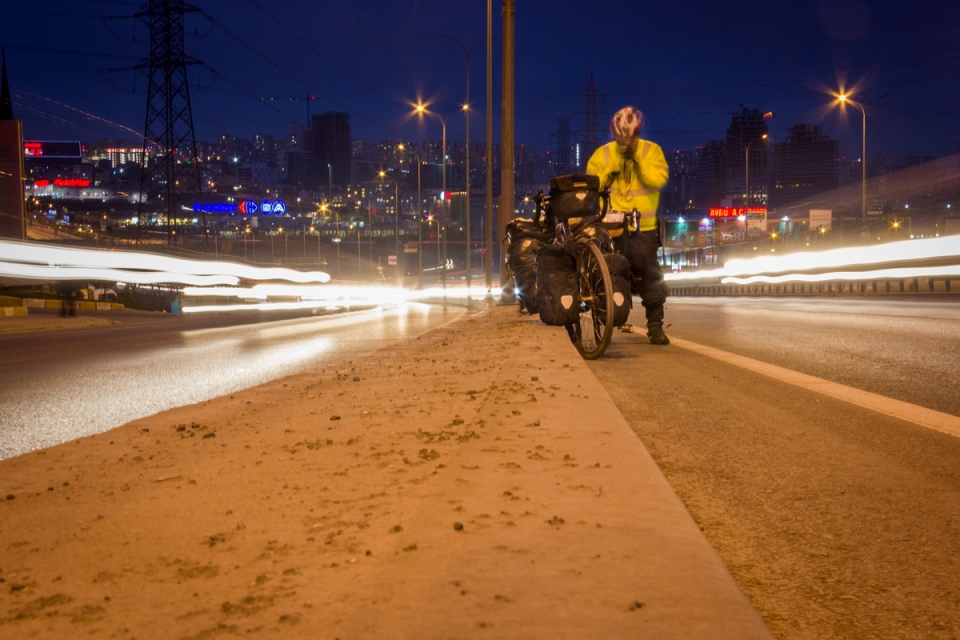
Despite the continued frustration and painstaking progress that the wind presented us, the company of one another helped in tackling our final few kilometres into Istanbul on an arterial six-lane road, well after dusk amidst the expected pandemonium of a city of 15 million. It was sketchy and hectic, but also a total buzz. However the real treat was the immediate feeling of connection with the city. Even before I arrived in Istanbul, I felt like I understood it, and why it is such an important place. After six weeks of cycling (almost) every day, through most meteorological conditions possible and over more mountain passes than I can remember, with the added fatigue of certain mental strains, I was utterly exhausted and in need of rest. During my time there, in my desperate need to stop and recuperate, not only could read about why Istanbul, or Constantinople and Byzantium before that, has come to play such a huge part of history; of power; of commerce; of cultural and religious convergence, I could actually feel it.
Like all those travelling east to west before and after me, I was always destined to stop here, contribute my time and money, and add my name to the list of those who have made Istanbul what it is; The Gateway to Asia.
____________________
* From Corlu, we followed the main road into Istanbul until we got to the airport, then skirted around to the south until we hit the coast and followed the coastal road all the way to Sulthanahmet. To get out of Istanbul, we crossed the Bosphorus by ferry then rode along the coast for a few kilometres, before getting another ferry to Yalova to get back into rural pastures…
